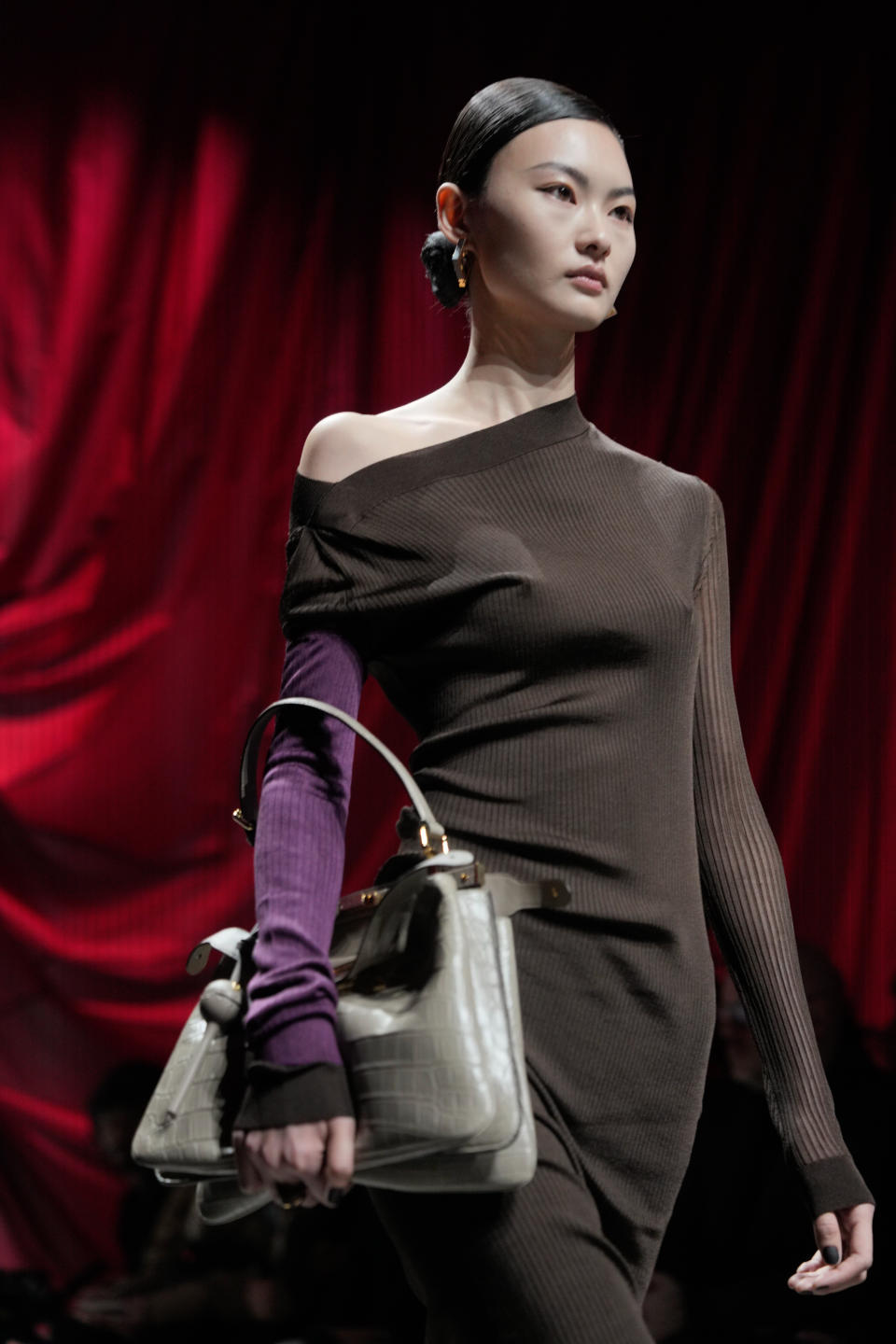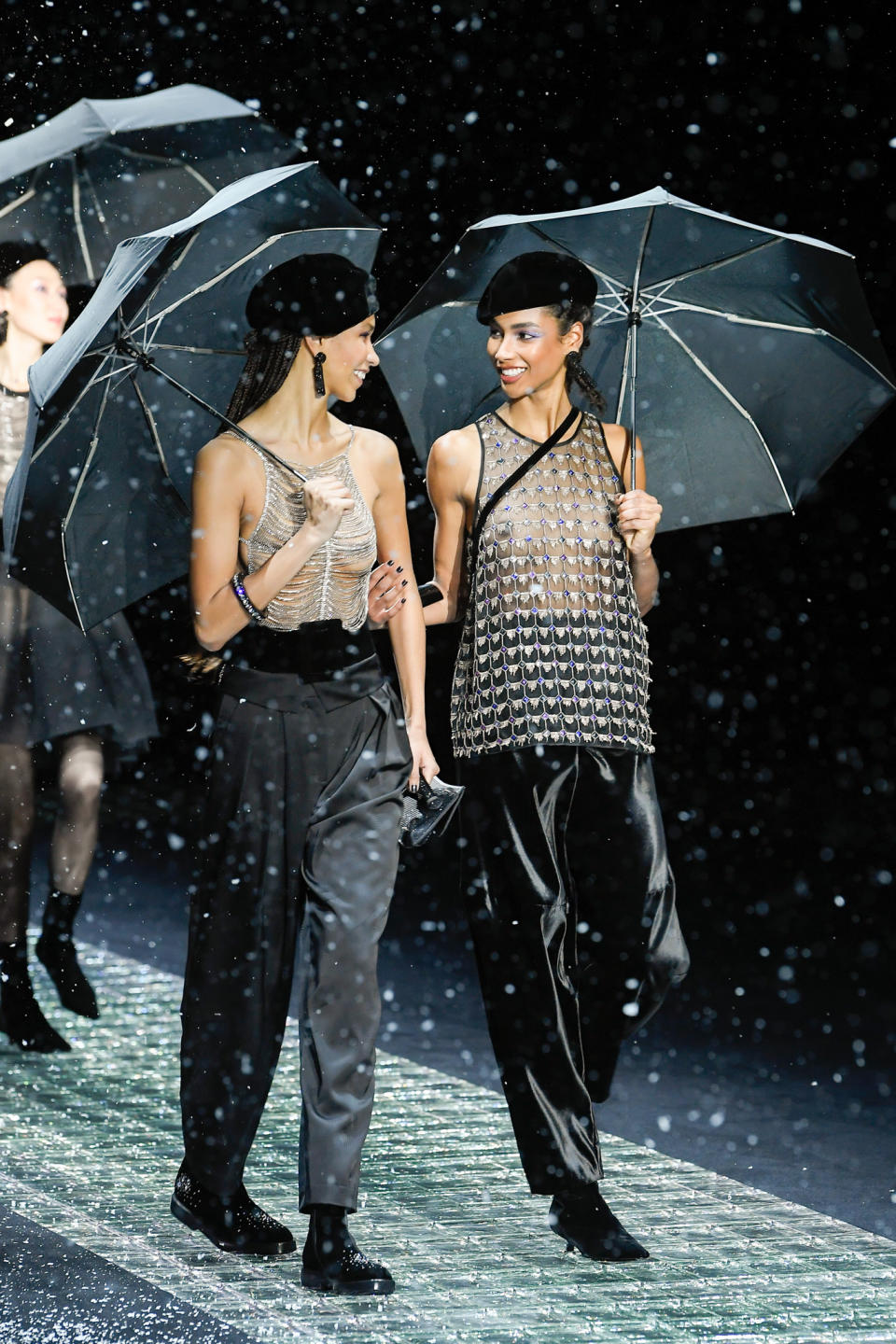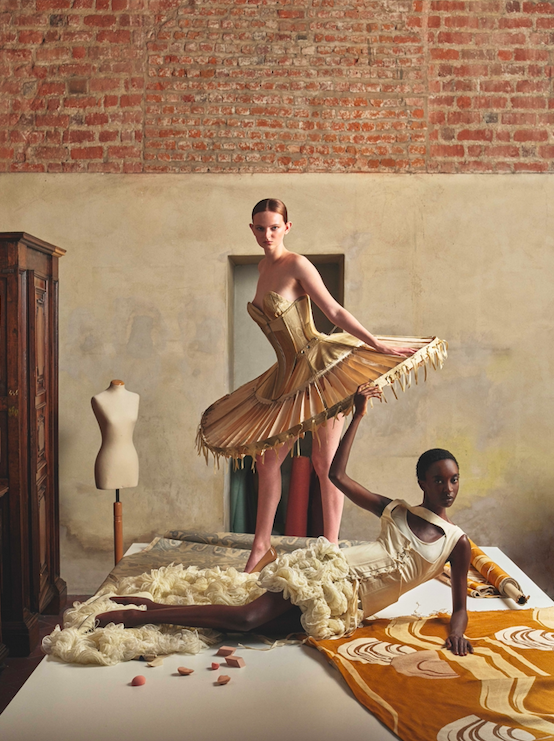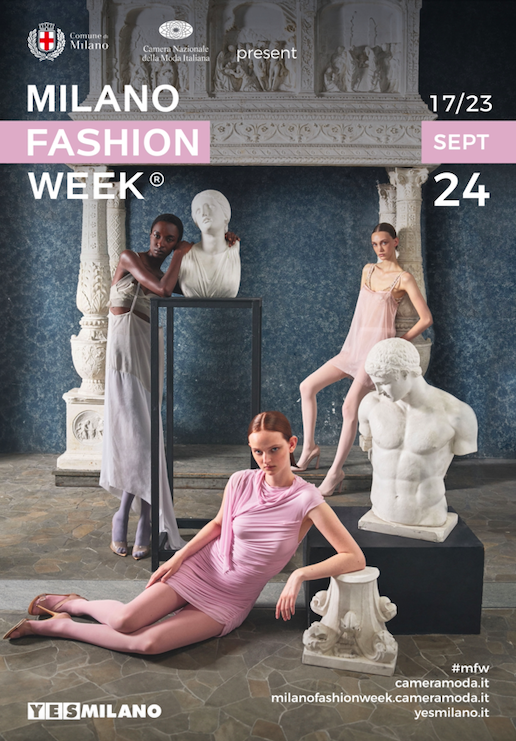MILAN — The Italian Chamber of Fashion has announced the definitive programme for Milan Fashion Week, which will be held from September 17 to 23. The week will feature 57 physical shows, eight digital shows and 69 fashion shows.
While there are no major changes compared to the temporary one published in July, the organization’s president, Carlo Capasa, took the opportunity to weigh in on the extra day the city gained. Major demonstrations were reportedly already planned for September 17, a date that has historically offered a softer introduction to the event with only corporate appointments.
More from WWD
“This is an important step, one that has been very difficult to secure because it affects the international fashion calendar. We are between London and Paris and we like our location, but we need to find some space,” Capasa said, stressing that Milan is “probably the busiest of the fashion calendars when you consider the ratio between the number of days and the number of events.”
He said he was “averagely happy” with the result and said Fendi will officially kick off the week at 15:00 CET. Unofficially, Fiorucci will hold its first catwalk show under the new ownership and creative direction of Francesca Murri two hours earlier at the Triennale Milano museum, which is scheduled to honor the brand’s late founder with an exhibition this fall.


“In the future, I hope to start early in the morning on Tuesday rather than in the afternoon,” Capasa said.
However, with the final day dedicated solely to digital shows and Giorgio Armani not closing out the week as he has in the past by leaving Milan Fashion Week to present his spring 2025 show in New York on October 17, the fashion community is likely to move on to the next leg of the Paris fashion marathon earlier, negating any extra space grabs.
“It is true that we will miss the Giorgio Armani show on Sunday, but it is a one-off event and Armani is still very much on the calendar with two Emporio Armani shows. He has never failed to show his support for Italian fashion,” said Capasa. He also underlined that many brands that chose the presentation format as an exception this time could return to catwalk shows, reiterating his belief that “we will need more space in the future”.


For one, Tom Ford will not hold a runway show following the departure of his creative director Peter Hawkings and will instead present his spring 2025 collection on September 19 at his Milan showroom.
Ports 1961 will adopt the same format and present its first collection designed by Francesco Bertolini on September 21. Brioni and MSGM, which celebrated their 15th anniversary with a mixed fashion show in June, will prefer to make a presentation by appointment.
Other brands that will choose this format include Giada, Maccapani and Taller Marmo, as well as a number of new brands such as Retori, Cuantico and Gio Giovanni Gerosa.
Several collaborations will also be announced, including Weekend Max Mara’s collaboration with “Emily in Paris” star Ashley Park and a collaboration between Max & Co. and celebrity stylist Lorenzo Posocco.
A number of major events will be celebrated throughout the week, including Iceberg’s 50th anniversary, which will host a mixed fashion show and party on September 17. Laura Biagiotti will also be celebrating 50 years since she first staged her show at Milan Fashion Week, and will be returning to a physical runway event on September 21.
Additionally, Redemption will celebrate its 10th anniversary with a fashion show on September 17, while Vogue Italia will celebrate its 60th anniversary with an exhibition at Palazzo Citterio from September 19-21.


Economic projections shared on Tuesday softened the holiday mood somewhat, showing that sales in fashion and related sectors (textiles, clothing, leather goods, shoes, jewelry, eyewear and cosmetics) are expected to fall by 3.5 percent compared to 2023, to 97.7 billion euros in 2024.
Capasa said the 6.1 percent contraction in sales in the first half of 2024 came after the slowdown the sector began to experience in the second half of last year.
Guterres stated that geopolitical instability and weak domestic demand are among the main factors affecting performance, and noted that the sector’s sales grew in double digits after COVID-19, and that it is unlikely that this growth will be sustained in the long term.
Specifically, the updated figures for 2023 showed the overall sector growing by 2.5% to record sales of €101.3 billion. In 2022, sales rose by 20.8% to €98.8 billion compared to 2021, when total turnover also increased by more than 20%.


Exports continued to be a driver for the Italian fashion industry in 2023, rising by 2.9% to reach 88.8 billion euros. Projections for 2024 confirm the positive trend, with exports from the overall sector expected to rise by 5.5% compared to 2023, reaching 93.7 billion euros.
The forecast is based on performance recorded in the first five months of 2024, when exports increased by 5.1% compared to the same period last year. Yet there is a significant division between sector clusters: exports of the “core” categories – textiles, clothing, leather goods and footwear – fell by 3.8%, while exports of companies operating in the jewellery, eyewear and cosmetics sector increased by 29.6%, with a 58% increase reported by the jewellery sector.
The best of WWD
Sign up for WWD’s Newsletter. Follow us on Facebook, Twitter and Instagram for the latest news.